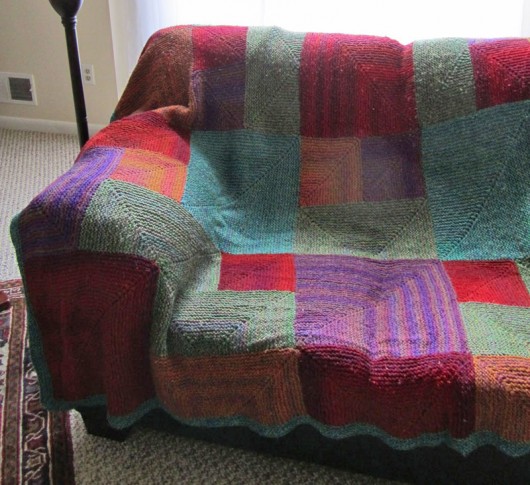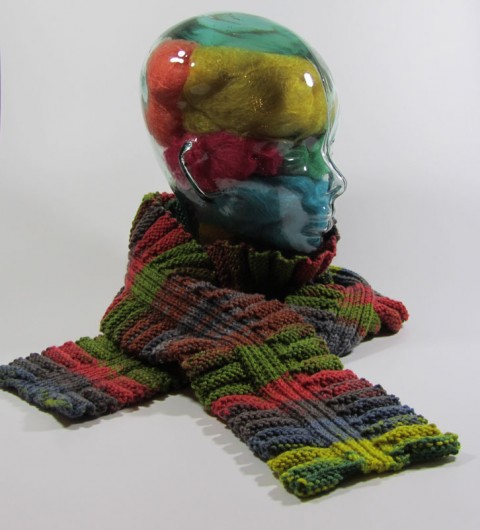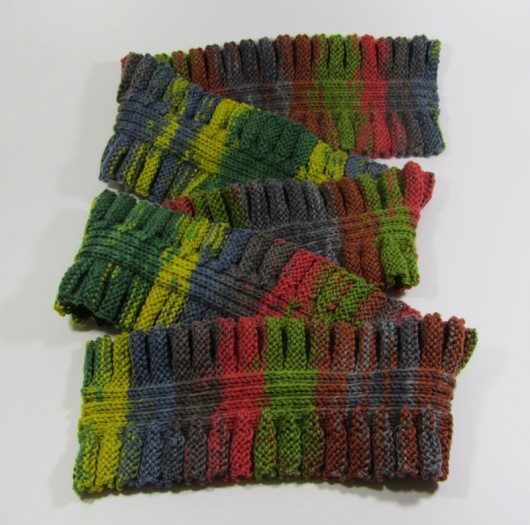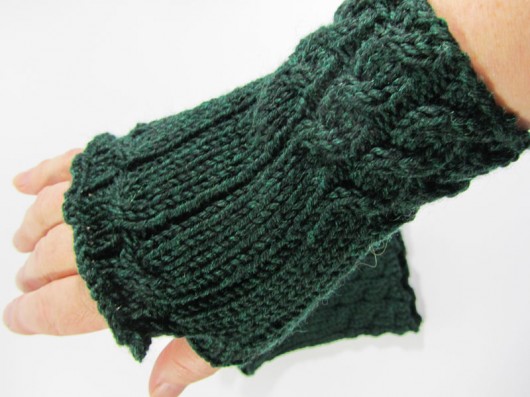 Two weeks ago Long Lake was totally frozen and this beaver would have been sticking pretty close to his lodge. But this weekend, there’s no ice anywhere on the lake. We spotted this beaver paddling on the west side of the lake, north of Belly Button Island. He seemed headed for Ghost Bay.
Two weeks ago Long Lake was totally frozen and this beaver would have been sticking pretty close to his lodge. But this weekend, there’s no ice anywhere on the lake. We spotted this beaver paddling on the west side of the lake, north of Belly Button Island. He seemed headed for Ghost Bay.
This guy was kind of small. Small, for the largest rodent in North America. Maybe that means he didn’t eat too much birch tree underbark this winter. The tree damage isn’t as bad as last year, though one area in the narrows near the biggest lodge was fairly hard hit. That lodge saw some major construction over the winter. It’s noticeably taller and bigger. And there is a lot of gnawed debris littering the lake bottom.
We were paddling in the kayaks in the early evening, headed back from Ghost Bay, when we saw this beaver paddling around. We got a good look at how he uses his broad, flat tail to help him change direction in the water.
This weekend, we also saw a humungous school of largemouth bass headed through the narrows into the lower part of the lake. There were about 40 fish all about 12 to 15 inches long.
Long Lake is waterfowl central at the moment. There are flocks of buffleheads and mergansers. A loon pair followed our kayaks for awhile. A pair of white swans visited for a bit. The presence of at least three pair of noisy Canada Geese is not particularly welcome, given the mess they and their goslings will soon be making on our lawns. It looks like one pair is already building a nest on the island near the public access.











